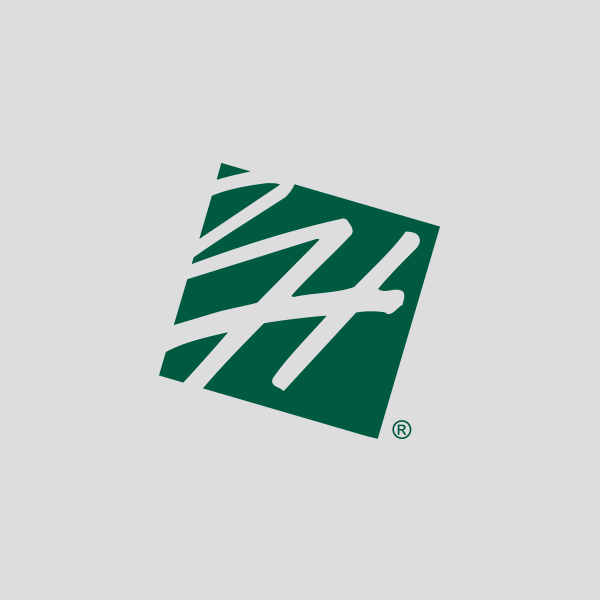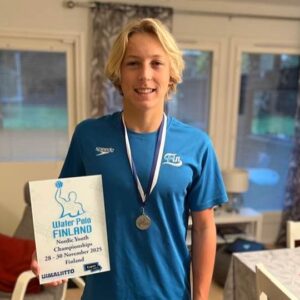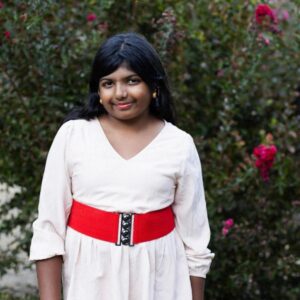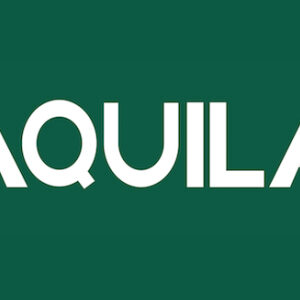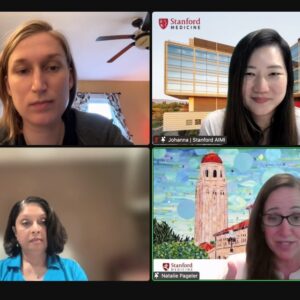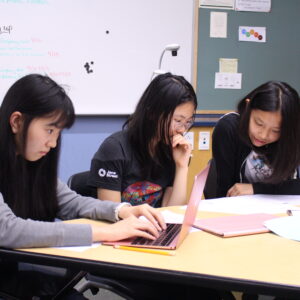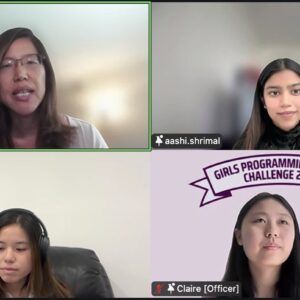This story originally appeared in the spring 2014 Harker Quarterly.
By Debbie Cohen and Zach Jones
Even Democrats and Republicans agree on the crucial need for American students to become computer literate. To help meet that need, Harker, which already promotes computer science (C.S.) education in all grades, has been systematically upgrading its C.S. program at the middle school.
A new required programming class for grade 7 and an advanced programming elective were added at the start of the school year. Harker also beefed up various elements of the C.S. program for the middle school’s entire student body (grades 6-8).
The expanded C.S. program aims to provide students with a foundation to become well-rounded programmers in the future, according to Abigail Joseph, middle school computer science teacher.
“Courses at each grade level provide students with not only foundational programming concepts, but also curriculum that develop students’ critical thinking, problem-solving and design abilities,” she said.
“We are definitely seeing an upswing in interest in computer science,” reported Jennifer Gargano, assistant head of school for academic affairs.
Since Eric Nelson became the chair of the upper school computer science department in 2010, that program has matured significantly, now offering a number of pathways to students interested in entering the field as a career.
Nelson said his desire to create a comprehensive and effective C.S. program stretches back more than two decades, when he found himself unsatisfied with the level of competency he saw in many of his co-workers. “At that time I remember swearing if I was ever, ever in a position where I could teach students computer science, I would make sure I didn’t have people like this walking into my office,” he said. He began taking copious notes. When the time finally came for him to develop a curriculum, “I already had the framework, and so that’s what we ended up with.”
Upper school students fulfill their C.S. requirements in the Digital Worlds class, which covers basic concepts, how computers work and algorithmic thinking. Those who are interesting in furthering their C.S. education can take either an introductory or advanced programming class. Depending on their choice of class, students may then enter one of two Advanced Placement classes, one for introductory students and another for those who have completed advanced programming. Both AP classes lead into more advanced topics.
The program is also designed to allow teachers freedom to move students into different areas of the program as necessary. “If a kid says they’re interested in computer science, the first thing I ask is, well what have you done?” Nelson said. If their experience is limited they are directed to either of the starting programming classes. Those students who demonstrate a certain level of experience become eligible to take a challenge exam to determine whether they can skip the programming courses entirely.
“It’s not an exam on Java or any other language,” Nelson said. Instead, it tests the student’s ability to think algorithmically and their understanding of key concepts. “How they approach a problem will tell us that.”
Although the program has not yet reached K-3 in earnest, students do begin learning key concepts related to computer science, such as algorithmic thinking, problem solving and logical reasoning, as early as kindergarten. This year, kindergartners also will begin playing a board game that introduces some programming concepts. In the coming years, actual teaching of computer science will be slowly integrated into the lower grades.
Currently, grade 2 students are learning computer science concepts by working with robots that can be programmed by placing cards in a certain order. Next year, grade 3 students will use Pro-Bots that will be programmed manually to execute more complex instructions. Grade 4 students learn to program simple games, and grade 5 students go deeper into programming while also learning binary code and searching and sorting algorithms. “We do all of that with very little use of the technology,” said Lisa Diffenderfer, K-8 computer science chair. “We learn binary sort with a deck of playing cards. We learn some searching algorithms by playing ‘Battleship’-type games.”
As with the upper school, understanding computer science on a conceptual level is important to the lower and middle school computer science programs. “We really stress the underlying principles and fundamentals of programming and not one specific language,” said Diffenderfer. “We don’t want to teach one language because we don’t know what the language of the future is going to be.
It used to be C++ and now it’s Java. Who knows what it’s going to be 10 years from now?”
In fact, C.S. curriculum is so sorely lacking in many other schools that both President Barack Obama and House Majority Leader Eric Cantor, R-VA, have united to support the recent launch of the “Hour of Code,” a massive publicity campaign to promote scholastic computer science education.
Due to the global effort, more than 33,000 schools in 166 countries dedicated time to computer science education as part of Code.org’s initiative, which was timed to coincide with Computer Science Education Week in December. The Hour of Code was part of Code.org’s broader campaign to encourage computer science education in more classrooms.
“The impact of the Hour of Code to change communities and propel computer science education to a new level of awareness globally is tremendous,” affirmed Joseph.
The Bureau of Labor estimates that more than 140,000 computer science jobs are added to the American economy every year, making it one of the fastest-growing occupations. Yet, according to the National Science Foundation, just 40,000 college students are graduating with computer science degrees.
“When part of a high-quality academic program, computer science classes add an element that helps all students navigate our complex, technologically driven world. It also gives our graduates an edge over those who are not taught these increasingly essential skills,” Dan Hudkins, Harker’s K-12 director of instructional technology, was quoted as saying in an article that originally appeared in the summer 2013 issue of Independent School Magazine, and also was printed in the summer 2013 Harker Quarterly.
